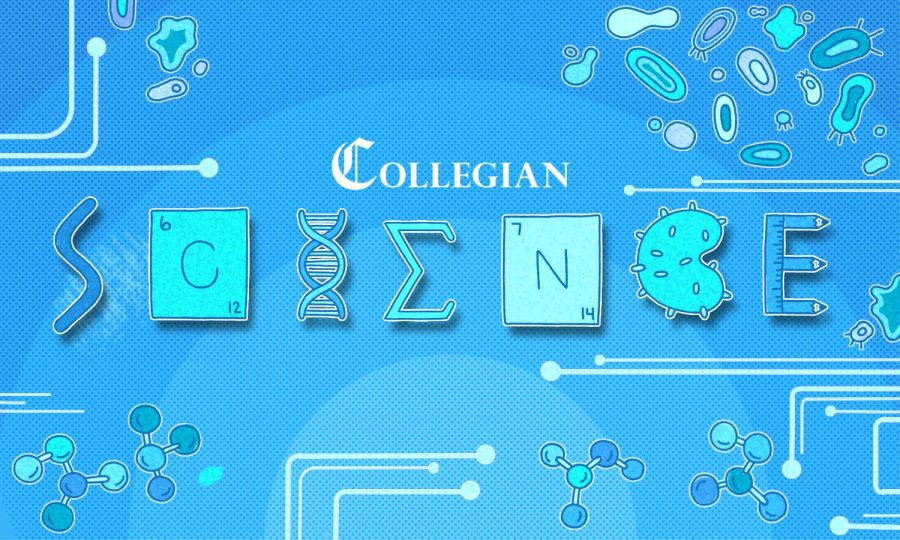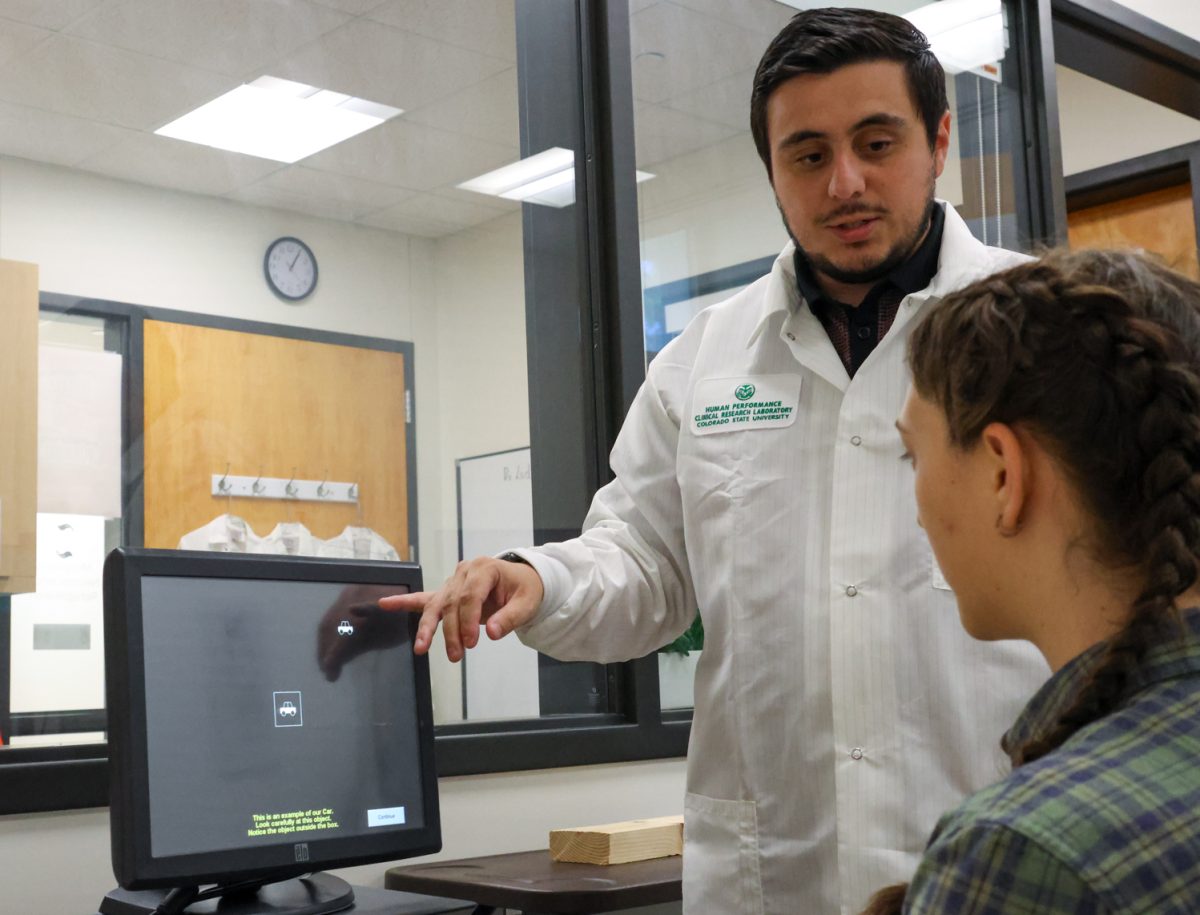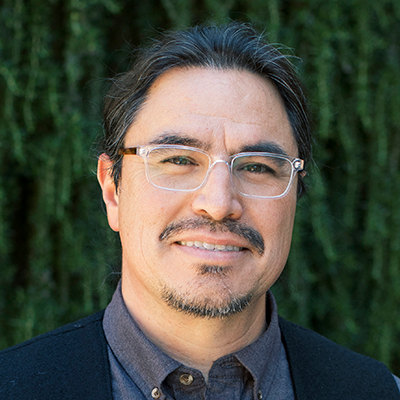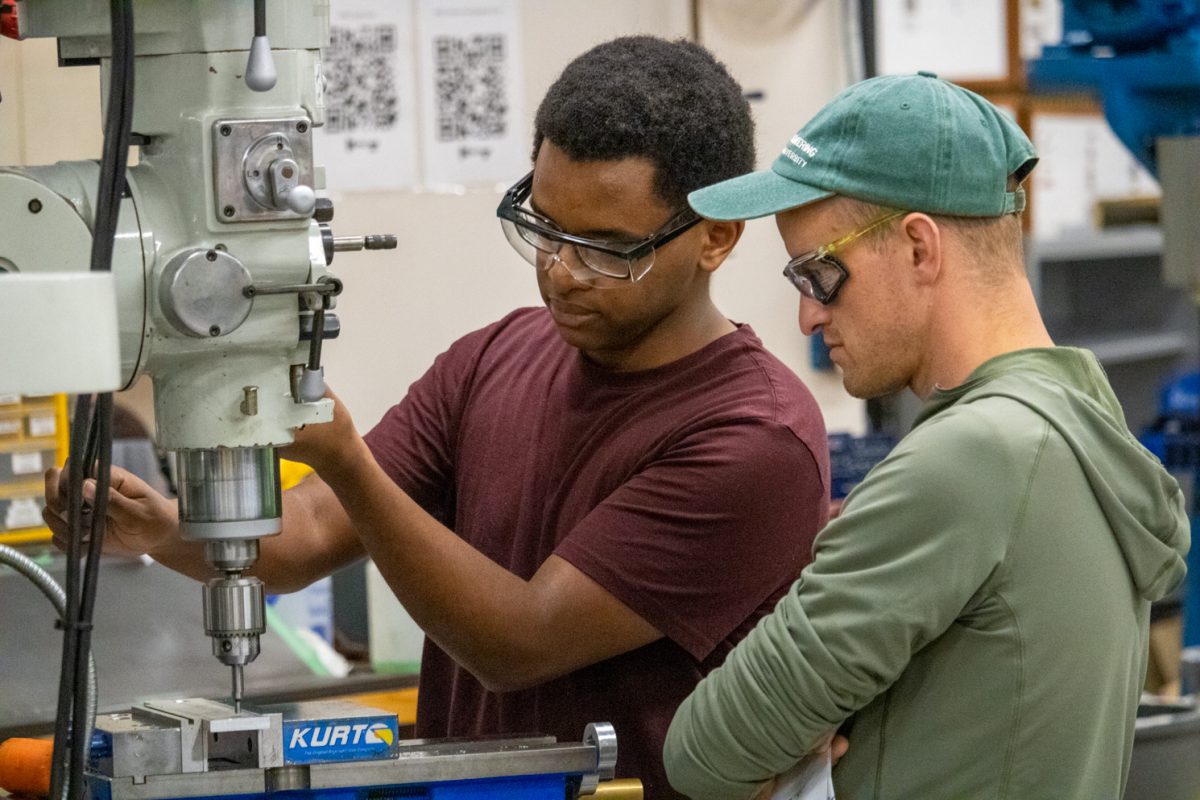The findings of a recent study at Colorado State University could be groundbreaking in the ongoing search for an effective treatment for Alzheimer’s disease.
Alzheimer’s is a disorder in the brain that slowly destroys memory and other cognitive skills. Symptoms of Alzheimer’s most commonly appear later in life, according to Mayo Clinic.
There is no cure for Alzheimer’s, a disease that an estimated 6.9 million people in the United States aged 65 and older currently live with.
CSU researchers in the Healthspan Biology Lab are supporting efforts to change that through a partnership with Sachi Bio, a Colorado-based biotechnology company that develops therapeutic treatments.
The study, which was published in the Journal of Neuroinflammation in late July, tested a new drug “cocktail” developed by Sachi Bio on older mice with symptoms of cognitive decline or Alzheimer’s.
CSU postdoctoral fellow Devin Wahl said the treatment specifically targets inflammation in the brain, which is connected to the development of Alzheimer’s. The study found that the treatment was effective on the mice and improved their mental abilities.
“We saw that it improved memory, (and) it improved cognitive function,” Wahl said. “If you look at the classic pathologies and hallmarks of Alzheimer’s disease, (the treatment) reduced those pathologies.”
There are two proteins in the brain that are connected to neuroinflammation, Wahl said, and they are both targeted by this treatment. This is intended to target events “upstream” of the disease — things that occur in the brain before symptoms of Alzheimer’s begin to appear.
“The whole idea behind this drug cocktail is that if we can target neuroinflammation specifically, if we can target those upstream events before pathology develops, then that may be a more effective treatment,” Wahl said.
There is currently no way to reverse the effects of brain deterioration, but by targeting processes that occur before cognitive decline, Wahl said this treatment could have a preventative effect.
“There’s a lot more work that needs to be done here, but I think we’re making good progress in the right direction.” -Devin Wahl, CSU postdoctoral fellow
The results of the study didn’t just include increased memory skills; there was also a measurable decrease in anxiety following treatment, something Wahl said was important when considering the drug as a possible Alzheimer’s treatment.
“In the lab, we have tests to measure anxiety in mice — believe it or not,” Wahl said. “We saw that in the mice that received this drug, they also had reduced anxiety as well. So that’s important because memory loss and anxiety often come hand in hand with Alzheimer’s disease.”
Someone’s risk of developing Alzheimer’s depends on a variety of factors, but Wahl explained that it is a disease of aging in most cases.
“The Alzheimer’s disease that most of us are familiar with is called late-onset, sporadic Alzheimer’s disease,” Wahl said. “As we get older, aging is the greatest risk factor.”
According to the National Institute on Aging, one’s risk of developing Alzheimer’s rises exponentially after the age of 65, and a majority of cases occur in those aged 65 or older, with fewer than 10% of cases arising in younger individuals.
Wahl said the drug could possibly be used to prevent brain deterioration before symptoms of Alzheimer’s arise, as the neuroinflammation connected to the disease usually develops before symptoms do.
“We suspect that brain inflammation, for example, can come decades before neuropathology — the bad things that happen in the brain that cause memory loss,” Wahl said. “This drug or this compound, by targeting things that come before pathology, could be beneficial well before the disease comes about.”
Though the study found promising results in mice with neurodegeneration, Wahl said it’s important to note that this research is preclinical, meaning the possibility for this treatment to be effective on humans with Alzheimer’s hasn’t been tested yet.
“We need to be careful because Alzheimer’s disease in mice looks a lot different than Alzheimer’s in humans,” Wahl said. “This is really good preclinical data, but we’re just not sure what would happen in humans.”
To discover how humans respond to the treatment, the team at Sachi Bio will next have to conduct clinical trials of the treatment. This means that even if this treatment does prove effective in humans, it will take some time before it’s widely available.
“There’s a lot more work that needs to be done here, but I think we’re making good progress in the right direction,” Wahl said. “In terms of healthy brain aging, the best things that we can do are exercise and (maintaining a) healthy diet — these things that we sort of already know about. In terms of evidence-based strategies that we have right now, those would be the best.”
Reach Hannah Parcells at science@collegian.com or on Twitter @HannahParcells.














